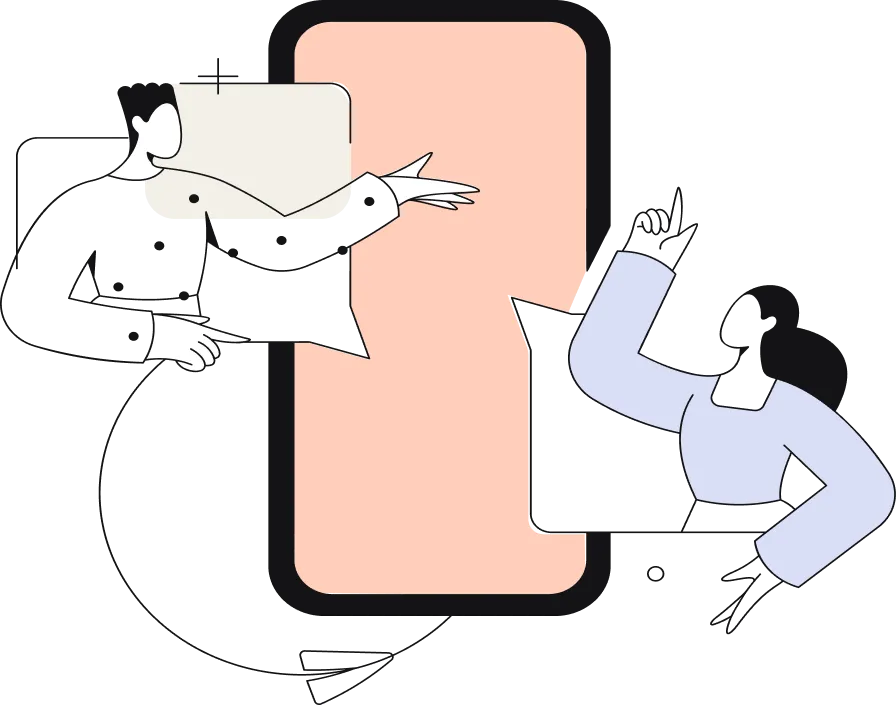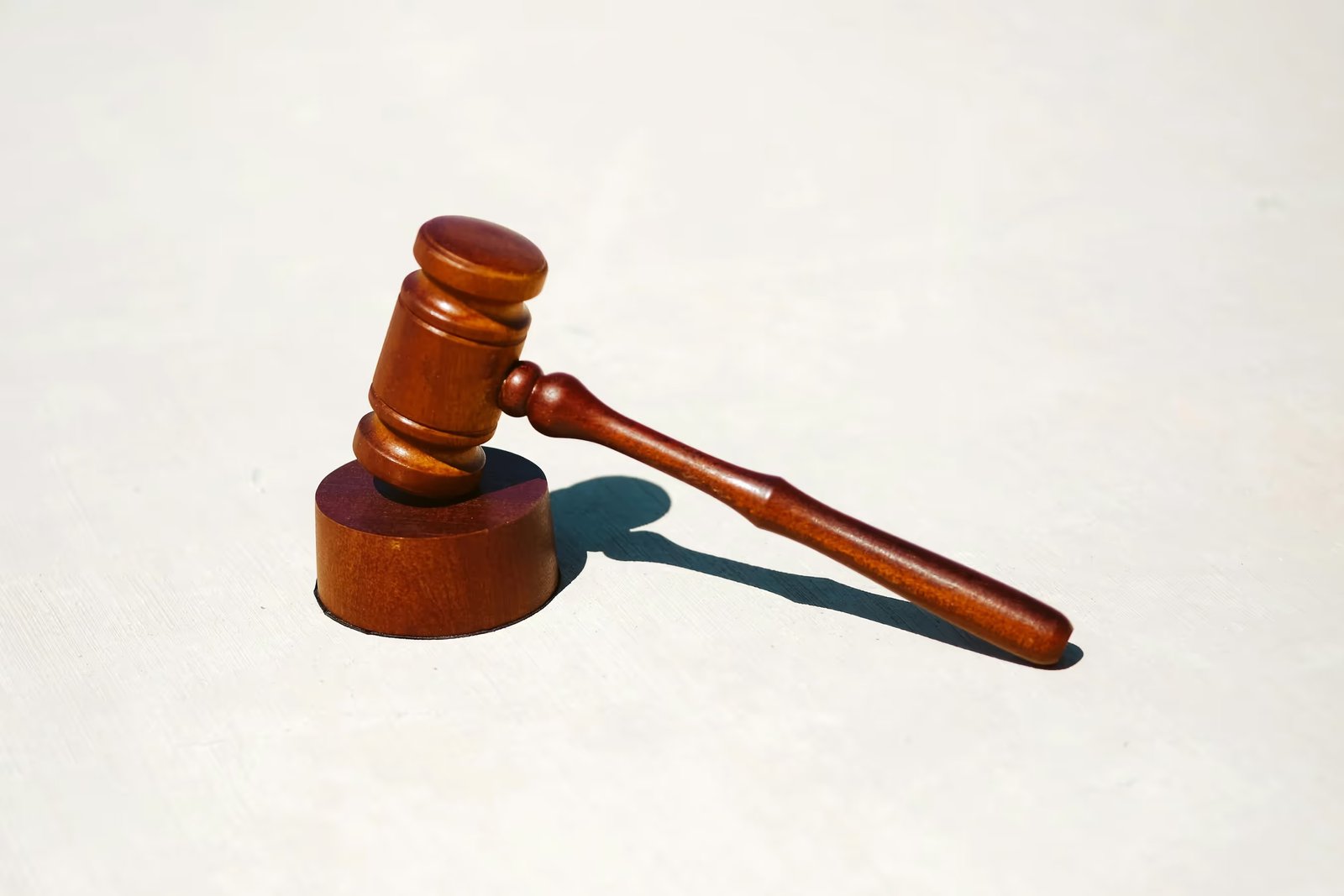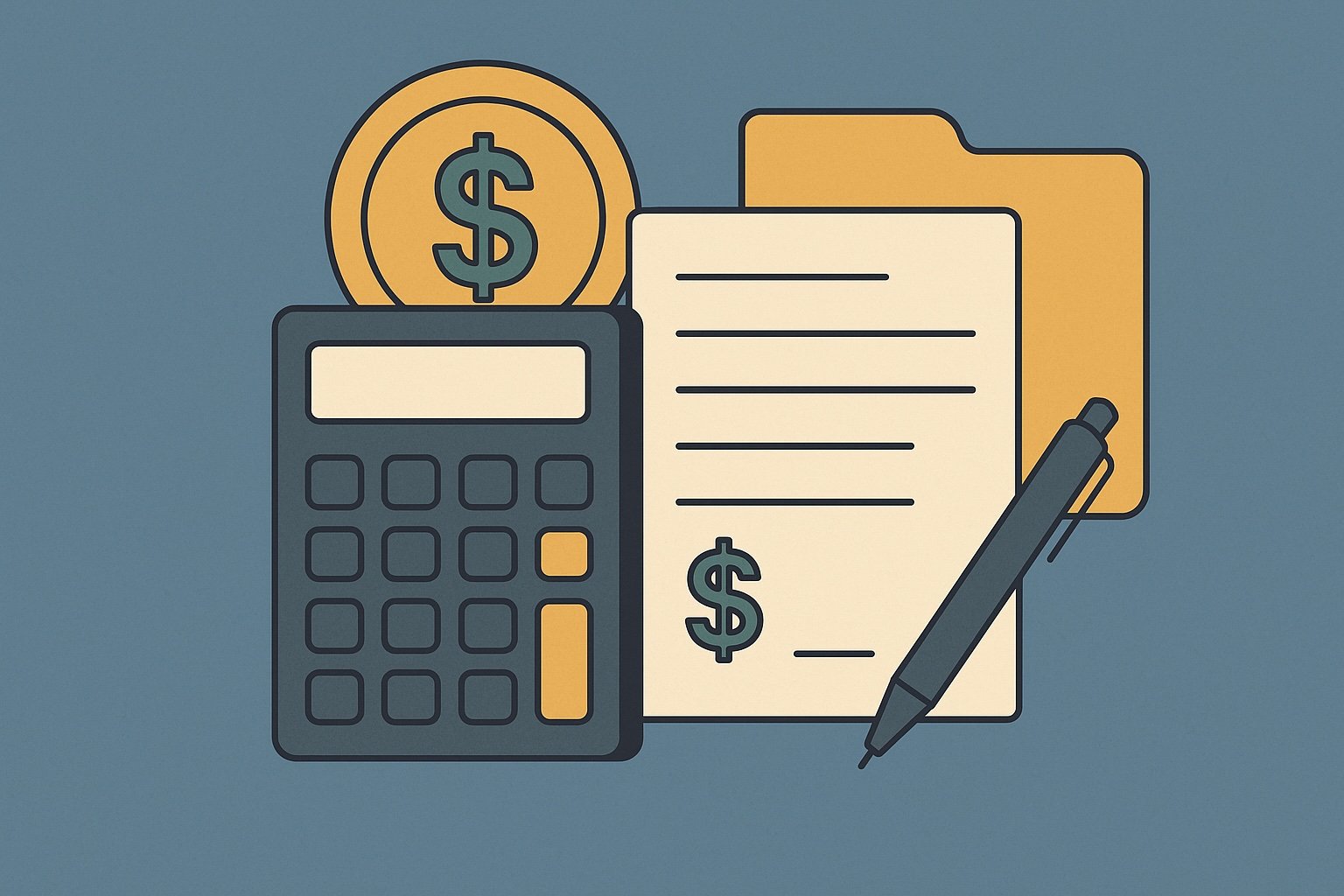Question
ARTE's Answer
When a 1031 exchange fails, it means that the transaction does not meet the requirements set forth by the IRS for a tax-deferred exchange. This can happen for several reasons, such as not identifying or acquiring replacement property within the specified timeframes, or if the qualified intermediary (QI) defaults on their obligations. Let’s explore the implications and potential outcomes of a failed 1031 exchange, using an example to illustrate the process.
Implications of a Failed 1031 Exchange:
- Recognition of Gain: If your 1031 exchange fails, you will have to recognize the gain from the sale of your relinquished property in the year the sale occurred. This means you will be liable for capital gains taxes on the profit from the sale. The gain is calculated as the difference between the amount realized from the sale and your adjusted basis in the property.
- Constructive Receipt: If you receive the proceeds from the sale of your relinquished property, either directly or indirectly, before acquiring the replacement property, the IRS will consider you to have constructively received the funds. This will disqualify the transaction as a 1031 exchange, and you will need to report the gain.
- Qualified Intermediary Default: If the QI, such as us at Deferred.com, defaults on its obligations, for example, due to bankruptcy, you may still have options. According to Revenue Procedure 2010-14, if the QI defaults because of bankruptcy or receivership, you might not be considered to have received the proceeds. In such cases, you can report the gain using the safe harbor gross profit ratio method, deferring the gain until you actually receive payments.
Example Scenario:
Let’s say you own an investment property with a fair market value of $500,000 and an adjusted basis of $300,000. You decide to sell this property and engage in a 1031 exchange to defer the capital gains tax. You choose Deferred.com as your qualified intermediary, taking advantage of our “No Fee Exchange” service.
You sell your property for $500,000 and Deferred.com holds the proceeds. You identify a replacement property worth $550,000 within the 45-day identification period. However, due to unforeseen circumstances, you are unable to close on the replacement property within the 180-day exchange period.
Since the exchange fails, you must recognize the gain from the sale of your relinquished property. The gain is calculated as follows:
- Amount realized from sale: $500,000
- Adjusted basis: $300,000
- Gain realized: $500,000 − $300,000 = $200,000
You will need to report this $200,000 gain on your tax return for the year the sale occurred, and pay the applicable capital gains taxes.
If Deferred.com, as your QI, had defaulted due to bankruptcy, you might have been able to defer the gain using the safe harbor method, reporting it in the year you actually receive payments.
It’s crucial to work closely with your tax advisor and ensure all requirements are met to avoid a failed exchange. At Deferred.com, we strive to provide reliable QI services to help you successfully complete your 1031 exchange and defer your capital gains taxes.
Have more questions? Call us at 866-442-1031 or send an email to support@deferred.com to talk with an exchange officer at Deferred.
Sources
- Publication 544 (2023), Sales and Other Dispositions of Assets
- What To Do About Exchange Expenses in a §1031 Exchange? (Article)
- TAM 200039005 (Failed Reverse Exchanges)
- Goolsby v. Commissioner
- Deferring Losses On The Sale of Property Using 1031 Exchanges
- TD 8535 (Like-Kind Exchanges of Real Property-Coordination with Section 453)
1031 Question? Ask ARTE
Deferred's AI 1031 Research Assistant is trained on 8,000+ pages of US tax law and outperforms human CPAs by 22%+
CHAT NOW
Learn More
See more frequently asked questions about 1031 exchanges








